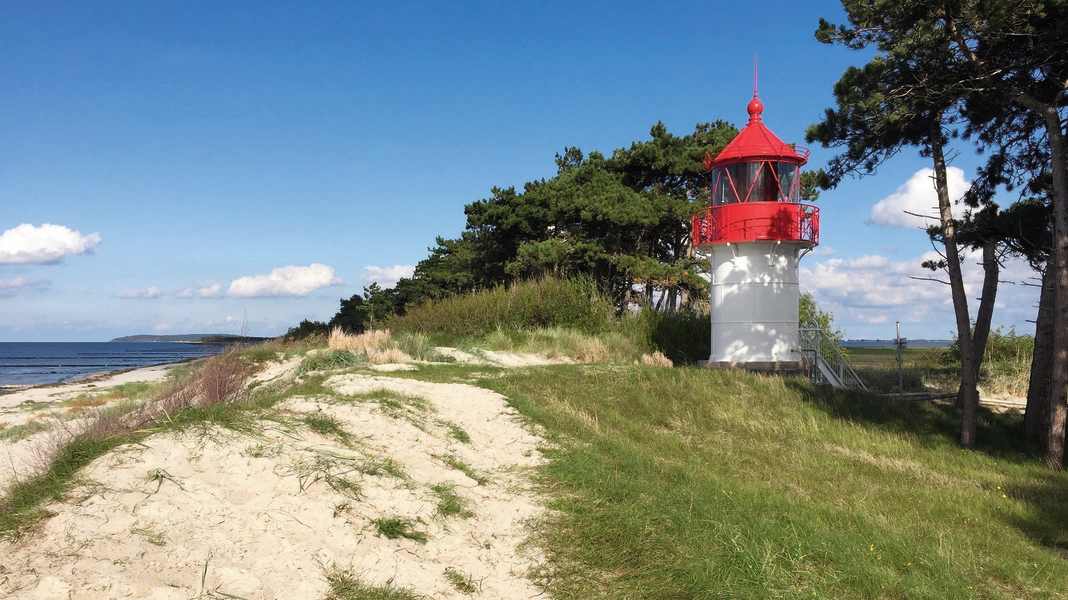
Country: Germany
Area: 786 km²
Of which water: 83 %
It is in constant motion, change is its trademark: for thousands of years, the Vorpommersche Bodden landscape has been shaped by wind and waves. The landscape resembles a mosaic of wind tidal flats, lagoons, shifting dunes, moors and shore forests.
Former military area, today a natural paradise
Since 1990, the 60-kilometre stretch of coast from Darß to the Bug peninsula on Rügen has been protected as a national park. It is reported that this was the last decision of the GDR government, which came into effect two days before reunification. In the past, restricted military areas were created here, concrete slabs were laid through the dunes and moors were drained for livestock farming. But for 35 years, nature has been able to unfold unhindered once again. The third largest national park in Germany consists of 83 per cent coastal waters, mudflats and lagoons.
Sailing and nature conservation in the national park
The national park is a perfect spot for water sports enthusiasts, provided they follow certain rules to protect the environment. This area is an important habitat for endangered fish species, water birds, harbour porpoises and grey seals. For this reason, there are regulations governing sailing and anchoring in the different zones. Sailing is permitted in the green zone, but not motorised sailing. In general, a minimum distance of 50 metres from reed beds and resting and breeding areas must be maintained. Particularly sensitive habitats are located in the red zones, which is why sailing outside the marked fairways is not permitted there. However, direct access to the harbours is permitted. A speed limit of 12 knots applies within the national park fairways and eight knots outside. Overnight anchoring is prohibited in the national park. There are several information centres: the National Park House on Hiddensee, the Sundische Wiese on Zingst and the Haus am Kliff in Barhöft. Other exhibitions include the Island Treasure in Ummanz, the exhibition "The National Park from above" in the Darßer Arche information centre and the Natureum. The branch of the German Maritime Museum Stralsund is located around five kilometres west of Prerow.
Travelling by boat
There are 33 berths available in the island harbour of Prerow. However, due to its function as an emergency and staging harbour, the berthing time is limited to a maximum of 24 hours. There are other harbours on the Bodden side of the Darß and on the east side of the island of Hiddensee.
General information on national parks
National parks are retreats for plants and animals where nature is left to its own devices. At the same time, they attract millions of visitors every year precisely because of their unspoilt nature. And that is the intention: As part of the conservation objectives, people should experience nature here and thus recognise its value and worthiness of protection - a constant balancing act between nature conservation and tourism. National parks are divided into two zones. The core zones may not be utilised commercially or in any other way; humans are not permitted to intervene here. Visitors may only enter the marked paths. There are also restricted areas on the water and rules for travelling, mooring and anchoring. In the other parts of the national parks, you can usually move around freely. This second zone is to be preserved in its existing form through special care and utilisation, such as grazing with sheep.
